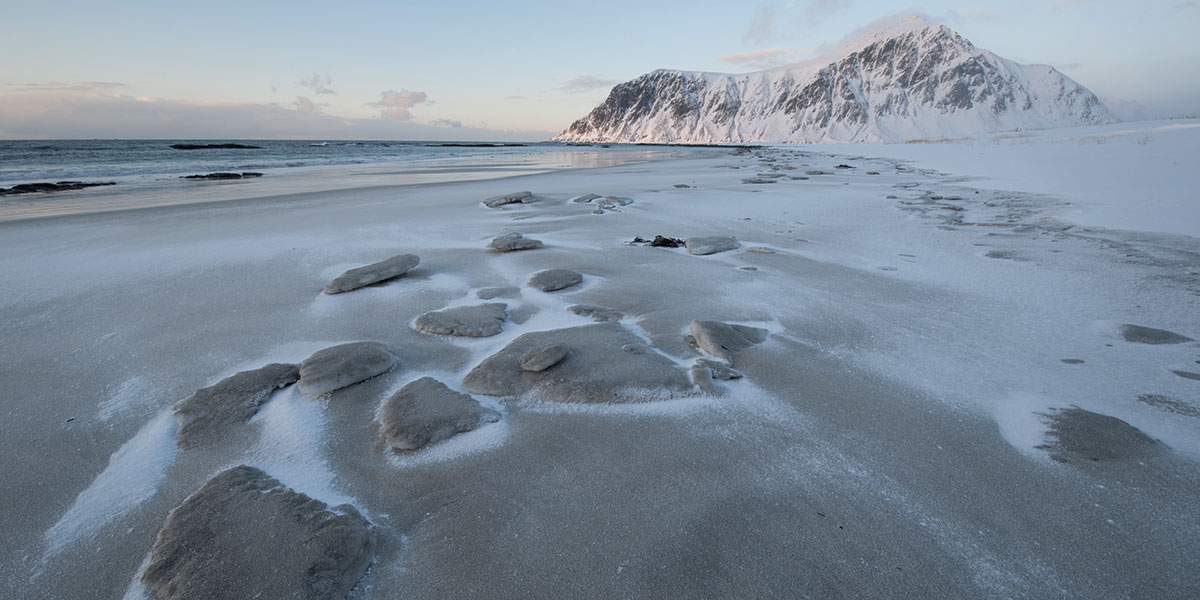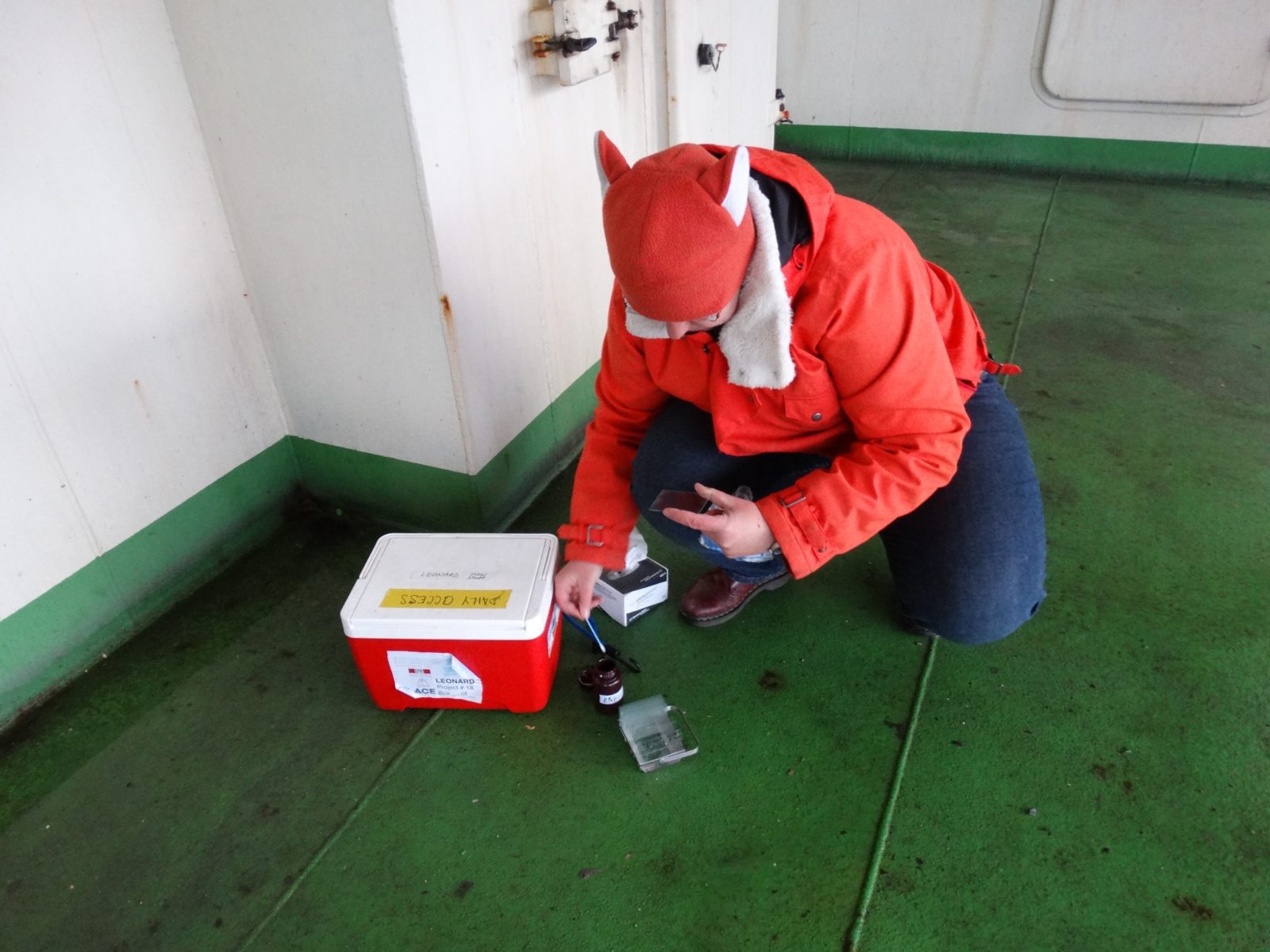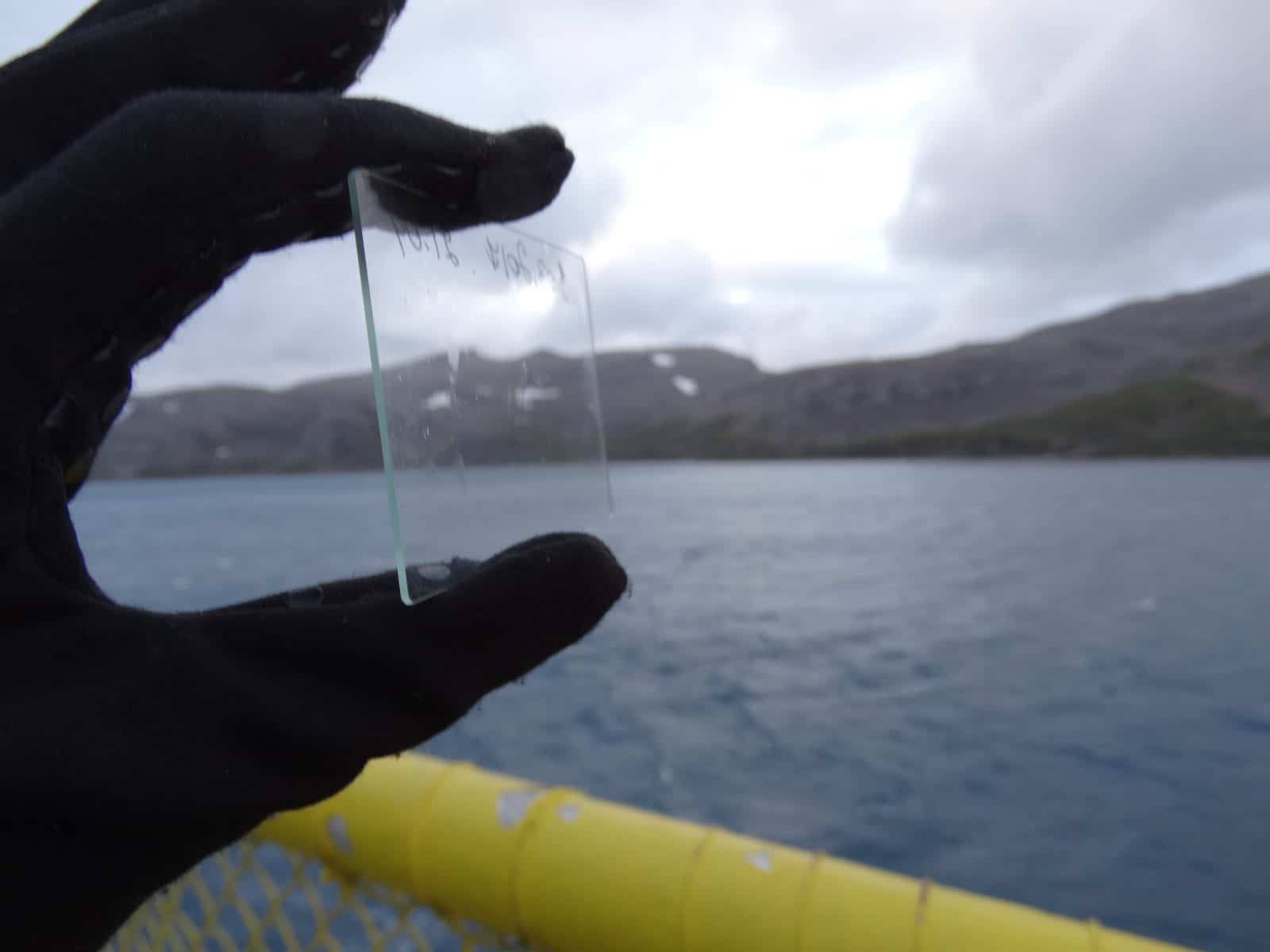


Brief description and intermediate results
The Southern Ocean has become less salty in recent years, though the cause of this trend is not yet clear. There are three significant sources of freshwater to the surface of the Southern Ocean: melting of the Antarctic ice sheet and icebergs calved from it, sea ice, and precipitation. Of these, precipitation is the least well known.

Direct measurements of precipitation that our project made during the ACE cruise will be combined with evaluation of the larger scale weather and sea ice patterns to determine how precipitation influences the ocean. Along with ocean salinity sampling, we collected samples of ocean water and precipitation at regular intervals for laboratory analysis of its oxygen isotopic composition. The heavy oxygen isotope signature of the ocean water and precipitation will give us information about the contribution of different factors to the ocean salinity changes. In addition to the measurements in the ocean mixed layer, we also sampled different water masses within the water column using a CTD (conductivity, temperature depth) profiling rosette sampler to collect water from different depths.
Our atmospheric measurements consisted of precipitation flux and microphysical characterisation, and vertical profiling of the troposphere using radiosondes. Southern Ocean precipitation and snowfall in particular is very poorly known. Snow particle counters that we installed on the very top of the ship gave us information about the total amount of precipitation particles (rain or snow) and also particle size distribution. During each snowfall event we also collected imprints of snowflakes using formvar resin. Both the geometry of the snowflake and its size matter, and they both can change a lot not only between different snowfalls but also during one snowfall of several hours duration. Both the snowflake shape and size distribution will be used to quantify snowfall rate. We are also interested in understanding the conditions of cloud and precipitation formation. For this we analyse vertical profiles of temperature, humidity and wind obtained from radiosonde measurements during the entire expedition, along with large-scale atmospheric circulation patterns analysis using models.

Integrated analysis of all these rich data sets will take time but will bring a unique insight into the factors contributing to the Southern Ocean freshening, and particularly the role of precipitation as part of the global water cycle.

Katherine C. Leonard
CRYOS Lab, EPFL
Switzerland
Quantifying snowfall and its contribution to surface freshening in the Southern Ocean
- Australian Antarctic Division/ACE CRC, University of Tasmania (Australia )
- Australian Bureau of Meteorology
- Austrian Polar Research Institute, University of Innsbruck (Austria)
- British Antarctic Survey (UK)
- Brown University (USA)
- Katholieke Universiteit Leuven (Belgium)
- University of Colorado Boulder (USA)